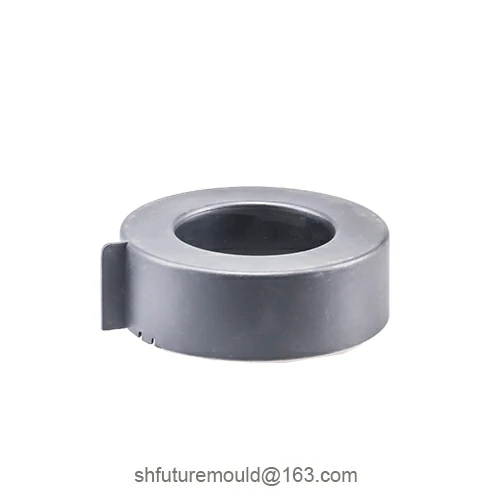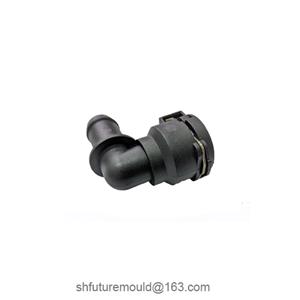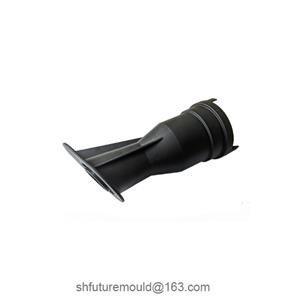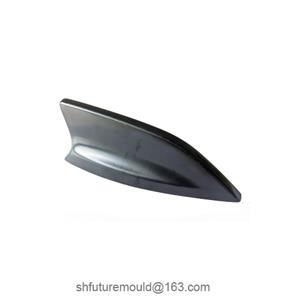Working Principle of Injection Molding
An injection mold is a tool that transforms thermoplastic or thermosetting plastic into a finished product. This is achieved by heating the plastic to a molten state, injecting it into a mold cavity under high pressure, and cooling it to solidify. In simpler terms, it's like "feeding" plastic into a mold to shape it.
Working Process
Heating and Melting: Plastic granules are heated in the injection molding machine's heating chamber until they melt and become fluid.
High-Pressure Injection: The molten plastic is then injected into a cooler mold cavity at high pressure using a screw or plunger.
Cavity Filling: The molten plastic fills the mold cavity and conforms closely to the mold's surface.
Cooling and Solidification: The molten plastic cools and solidifies within the mold cavity, forming a plastic product with the shape of the mold.
Mold Opening and Part Ejection: The mold opens, and the finished plastic part is ejected.
Key Components and Their Functions
Mold: Provides the shape and dimensions of the finished product.
Injection Molding Machine: Provides the power for heating, melting, pressurizing, and injecting the plastic.
Cooling System: Accelerates the cooling and solidification of the plastic through circulating cooling water or other coolants.
Gating System: Controls the flow of molten plastic into the mold cavity.
Venting System: Removes air and moisture from the mold cavity to ensure product quality.
In essence, the injection molding process involves:
Plasticization: Converting solid plastic into a molten state.
Injection: Forcing the molten plastic into the mold cavity.
Cooling: Solidifying the plastic into the desired shape.
Ejection: Removing the finished product from the mold.
- Injection Mold
- Automotive Injection Mold
- Electronics & Electrical Injection Mold
- Consumer Goods Injection Mold
- Airplane Components Injection Mold
- Medical Components Injection Mold
- Irrigation Components Injection Mold
- Injection Molds




